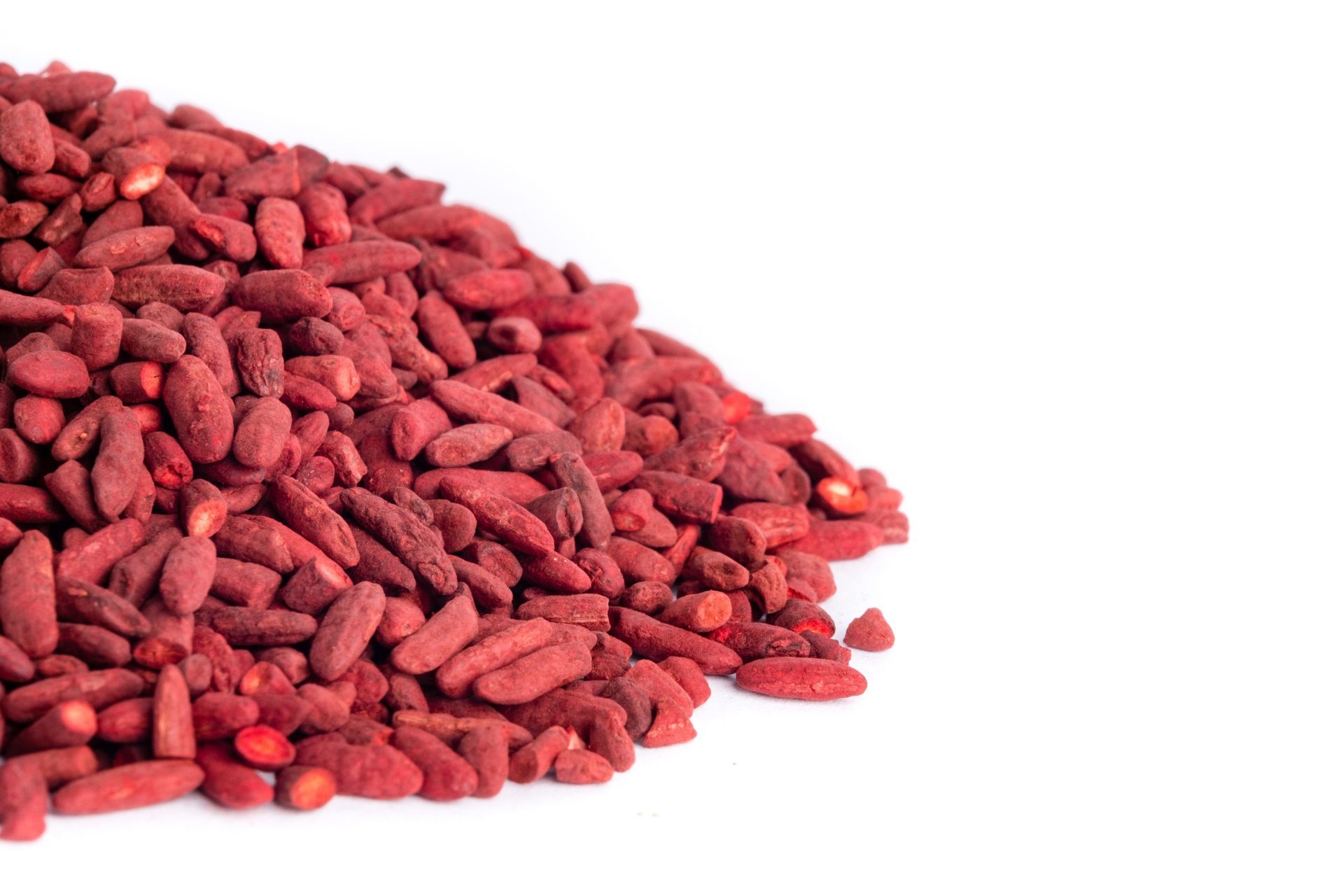
Red yeast rice (RYR), a product made from cultivating rice with the mold Monascus purpureus. It is use in China for centuries to treat circulatory and digestive disorders .
Apparently without a bit of controversy. RYR has been in use in the U.S. for a much shorter period of time (as a non-prescription cholesterol-lowering supplement). However, it generates lots of controversy.
The Controversy and Confusion Over Red Yeast Rice
The controversy began in 1999, shortly after clinical trials first showed that RYR could indeed significantly lower cholesterol levels.
At that time, it came to the attention of the FDA that RYR’s effectiveness is related to the fact that it contains a naturally-occurring form of the statin drug lovastatin. It is sold as Mevacor. So the FDA ruled that RYR was a regulable drug and thus ordered it removed from the shelves.
This FDA decision was initially overrule by the District Court of Utah in 1999. Moreover, in 2000 the 10th U.S. Circuit Court of Appeals agree with the FDA that RYR can be regulate. So RYR will still be sell legally in the U.S.. However, only if steps were taken in its manufacturing process to remove the lovastatin (presumably eliminating its effectiveness).
Then, in 2007, the FDA found that at least some RYR in the U.S. still contained lovastatin and (after issuing a formal FDA Consumer Safety Alert) took further steps to purge the “tainted” products from the shelves.
Currently, as far as the FDA is concerned, the RYR that you can buy in the U.S. contains no lovastatin. But otherwise, RYR is still consider a dietary supplement. Thus, its formulation and content is still not regulate . Moreover, it is very difficult if not impossible to find out what it does contain. (This is the case with any unregulated dietary supplement.)
But Does It Work?
In the face of all this confusion, two clinical trials have appeared in the last few years that show that at least some RYRs legally available in the U.S. are still effective in reducing cholesterol levels.
In 2009, a study from Pennsylvania showed that in 60 patients who had to stop taking statin drugs because of muscle pain, taking RYR and initiating lifestyle changes for 24 weeks significantly reduced total and LDL cholesterol levels, compared to taking a placebo and making the same lifestyle changes.
And in 2010, investigators from the University of Pennsylvania. It is reported that for patients who stop taking statins due to muscle pain, RYR is just as effective as 20 mg per day of the statin drug pravastatin (Pravachol). (Both RYR and Pravachol produced only a very low incidence of recurrent muscle pain.)
In the 2009 study, the investigators performed a formal chemical analysis on the RYR product they used in their study (from Sylvan Bioproducts in Kittanning, Pennsylvania). They found that the RYR contained monacolin K (the naturally occurring form of lovastatin), as well as eight other monacolins (statins or statin-like substances).
The result of this chemical analysis suggests two things. First, the RYR available in the U.S. apparently still contains at least some lovastatin. Even if all the lovastatin is ompletely remove (which appears to be much harder to do than the FDA thinks). Moreover, other similar chemicals in RYR may be effective in reducing cholesterol.
Learn more about Red Yeast Rice
Please contact the Core Medical Group Website.

